
The seventh of August is celebrated as National Handloom Day, a day to honour and empower India's traditional weavers and artisans. But if you're wondering what does the handloom industry have to do with the digital, this week's TypeRight takes a dive into DEF's (Digital Empowerment Foundation) work surrounding digital and financial inclusion of the handloom weavers and artisans, and also our DigiKargha initiative.
On 7th August, 1905, the Swadeshi Movement was launched in Town Hall, Calcutta, as part of the larger Indian independence struggle, responding to the British orders of partitioning Bengal. One of the core ideas, from which last decades Make in India has been inspired, was the boycott of foreign goods and a focus on locally made, handloom clothes. It was in commemoration of this that 110 years later in 2015, the first national handloom day was inaugurated.

What happens in the handloom sector is just as with government trying to enact welfare schemes in any other disconnected area. One may disagree or debate about the number or degree of schemes and other packages that are being given to support the weavers, but at a level of implementation, they run into problems. There is little awareness of these schemes, and adding to the woes is a lack of markets and marketing strategies, along with low wages and unfair competition.
DEF decided to intervene to fix some of these issues: to get the creators in with newer designs and marketing strategies, improve outreach, and try and sort out the asymmetry between the weavers and the middlemen. This asymmetry had already made several handloom weavers leave the field in search of profitable jobs. Bringing connectivity and digital access would also mean opening up markets to wider customers, saving costs of brick and mortar stores. Even though there were government attempts to try and do this, they did not take off as intended.
Chanderi in Madhya Pradesh was the first cluster DEF went to. DEF's founder-director, Osama Manzar, remembers how they had started work in the place:
"At Digital Empowerment Foundation, we started looking at the handloom and artisan sector in 2009 with our successful interventions in Chanderi. I still remember when we had gone to Chanderi to set up a digital resource center, the municipality did not even have an ATM there, and of course no Internet among many missing basic infrastructure," he writes in his article on LinkedIn. (The full article, a personal and emotional journey by the author, can be read here. )

From an article on Chanderiyaan initiative in the William Davidson Institute Publishing, University of Michigan:
Chanderiyaan was an initiative of DEF India focused on integrating digital inclusion into the handloom sector of Chanderi, Madhya Pradesh in north-central India. In addition to its original focus on the digitisation of the indigenous handloom business, Chanderiyaan had grown into a full-fledged organisation involved in the design, manufacture, marketing, and sales of handloom saris and other dress materials.

Work in Chanderi began with an integrated digital cluster, and ICT Resource centre. It was a joint initiative of DEF and MeITy's (Ministry of Communications and Information Technology) Media Lab Asia, and later many other organisations like Internet Society (ISoC), Microsoft, Nokia, Ericsson, and Mphasis joined to take forward the role of digital interventions in the handloom and artisan sector.

The digital intervention in Chanderi started with digital literacy and setting up a design studio to introduce textile and pattern designs to the local community of weavers through CAD/CAM. A computer lab was set up initially, followed by a few Jaquard machines that created designs on the fabric. Digital designing reduced time. And most importantly, local ownership and agency was key in the whole process.
The Chanderiyaan project then became self-sustaining, with an e-commerce portal and wireless connectivity. The Chanderiyaan resource centre now offers classes in CAD Digital designing, with community members being trained by DEF.
Later, the project took off to other handloom clusters across the country.



Now, DEF has an initiative called DigiKargha, a platform that takes forward our work in the handloom sector, focusing on inclusive and decentralised use of Information Communication Technology (ICT) and other digital tools in critical aspects of cluster development, especially improving and scaling up weaving skills, designs, marketing and entrepreneurship, along with creating sustainable livelihood options for youth in the clusters.

DigiKargha has achieved quite a bit. We have been a part of Lakme Fashion Week's Sustainable Fashion initiative. More crucially, we have been helping the communities during the worst economic crises following the pandemic.
Follow DigiKargha at digikargha.in, and take a look at the handloom products direct from the community. You can also visit our brick and mortar store in Hauz Khas, Delhi.
This is the connection the digital has with India's traditional handloom artisans, and how the work we do at DEF in connecting communities becomes important to the people, and the craft.
Following are some of the links of the documentation and research of various digital interventions across artisan and handloom clusters:



Chanderiyaan: Weaving Digital Empowerment into the Indian Handloom Industry

A Case Study on DEF's Chanderiyaan Project

Lockdown Leaves Handloom Weavers Hanging by a Thread

Musiri: People, Culture & the Craft
In Other News
Another Internet shutdown report from India, this time in Manipur:
This article from India Development Review on data protection and digital rights in India, with comments from DEF's Osama Manzar and IFF's Apar Gupta.
As Osama Manzar says,
"In pushing digital indiscriminately, we are failing to understand how societies work, how communities work & how we facilitate them with their rights, given the new means of serving them."
DEF Updates
DEF is co-hosting the 2022 Community Network Exchange. Here is an article from APC on why CNs are crucial in establishing access:
Remember Gully Classes from the previous chapter of TypeRight? They are setting up more digital classes, now with the support of Canva as well!
Updates from our Digital Daan initiative that helped provide digital access to many underprivileged people during the pandemic:
Until next week, wishes to our readers on the occasion of Muharram, Rakshabandhan and Independence Day!





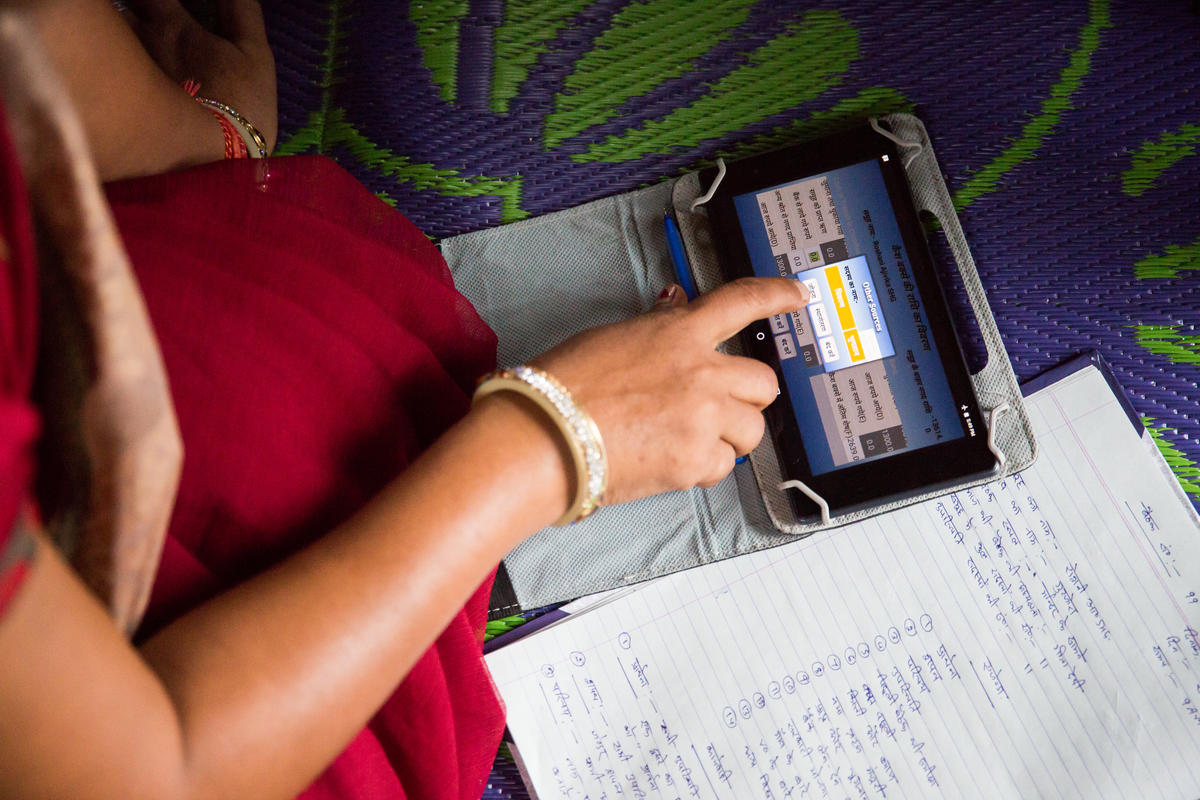


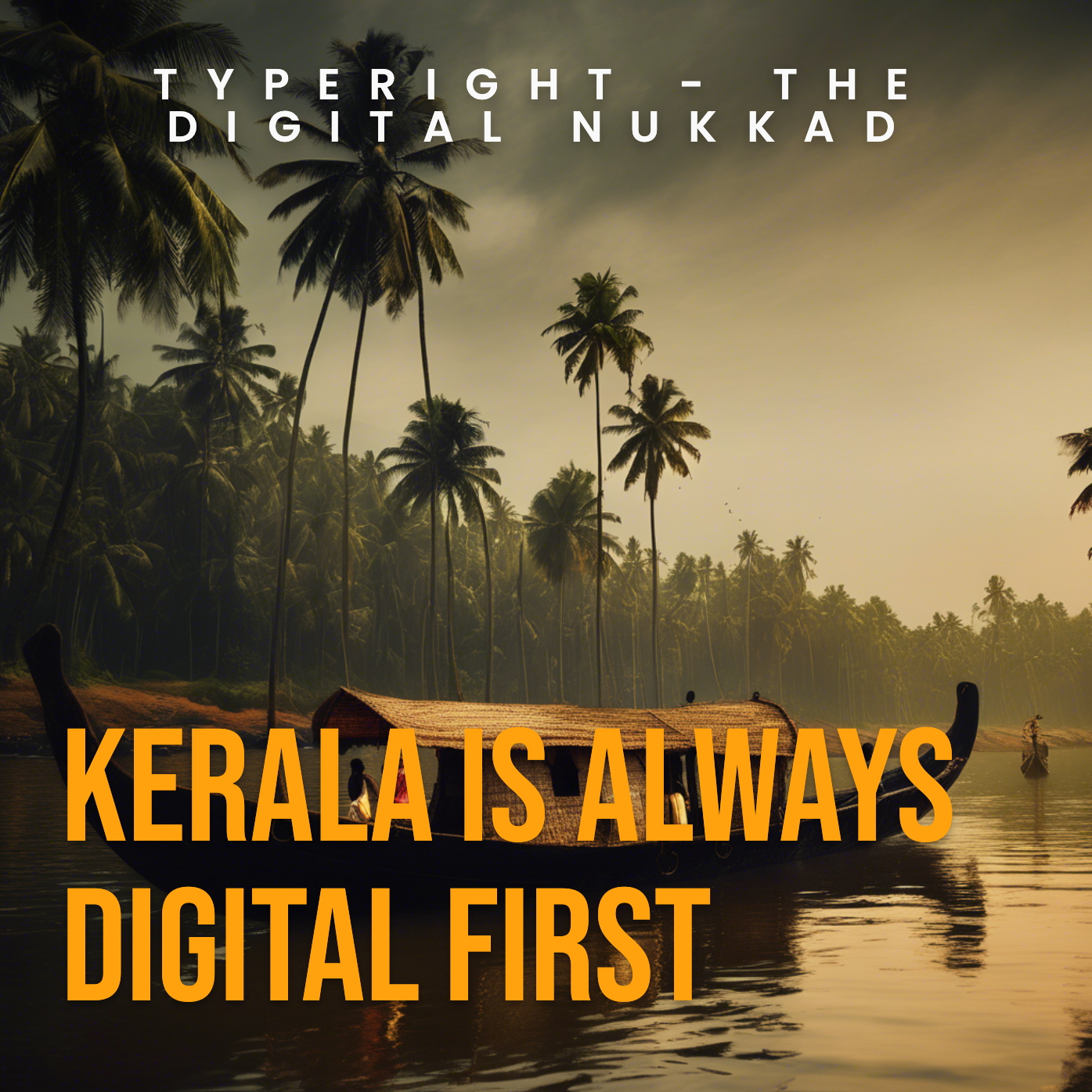
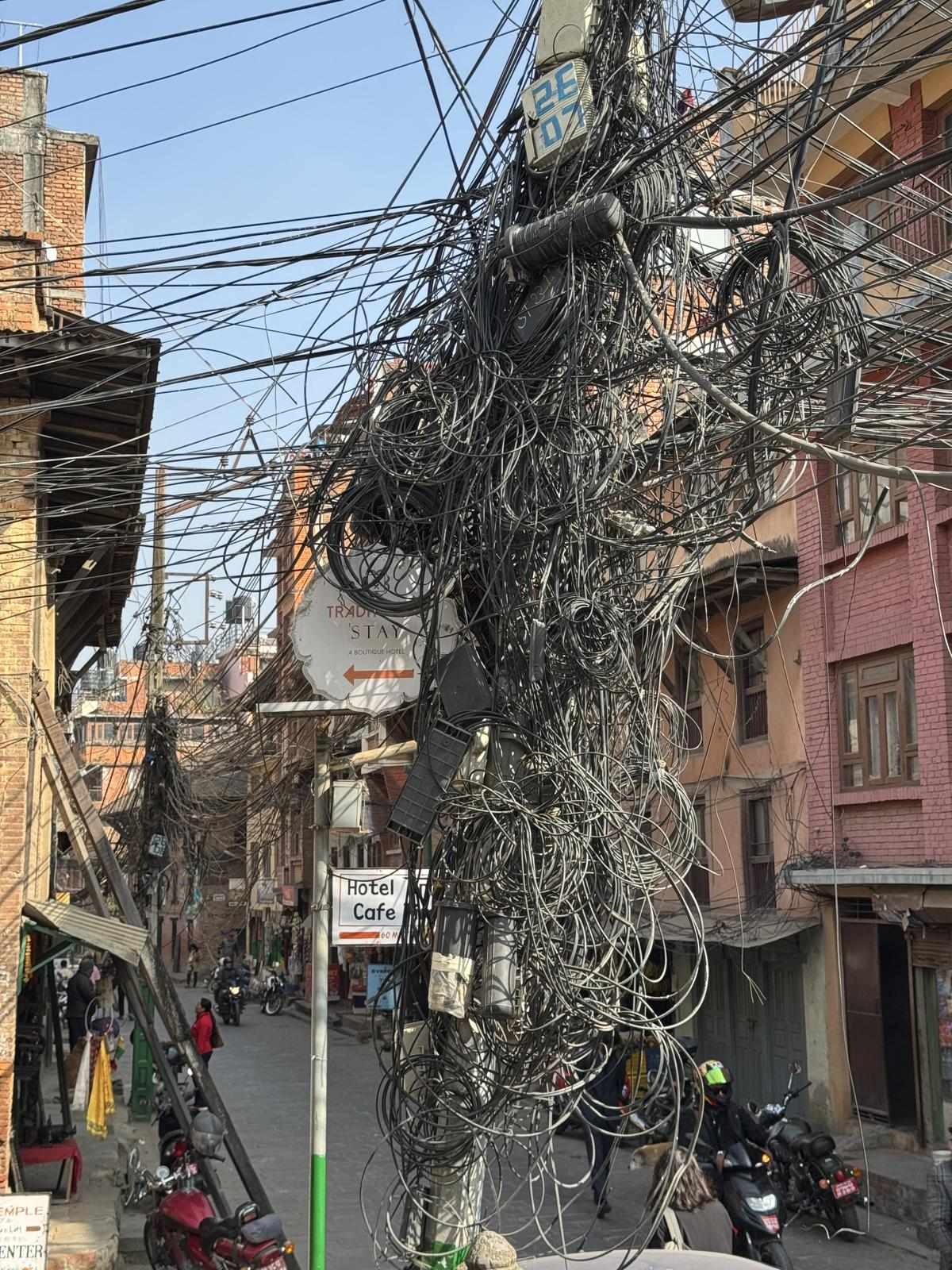
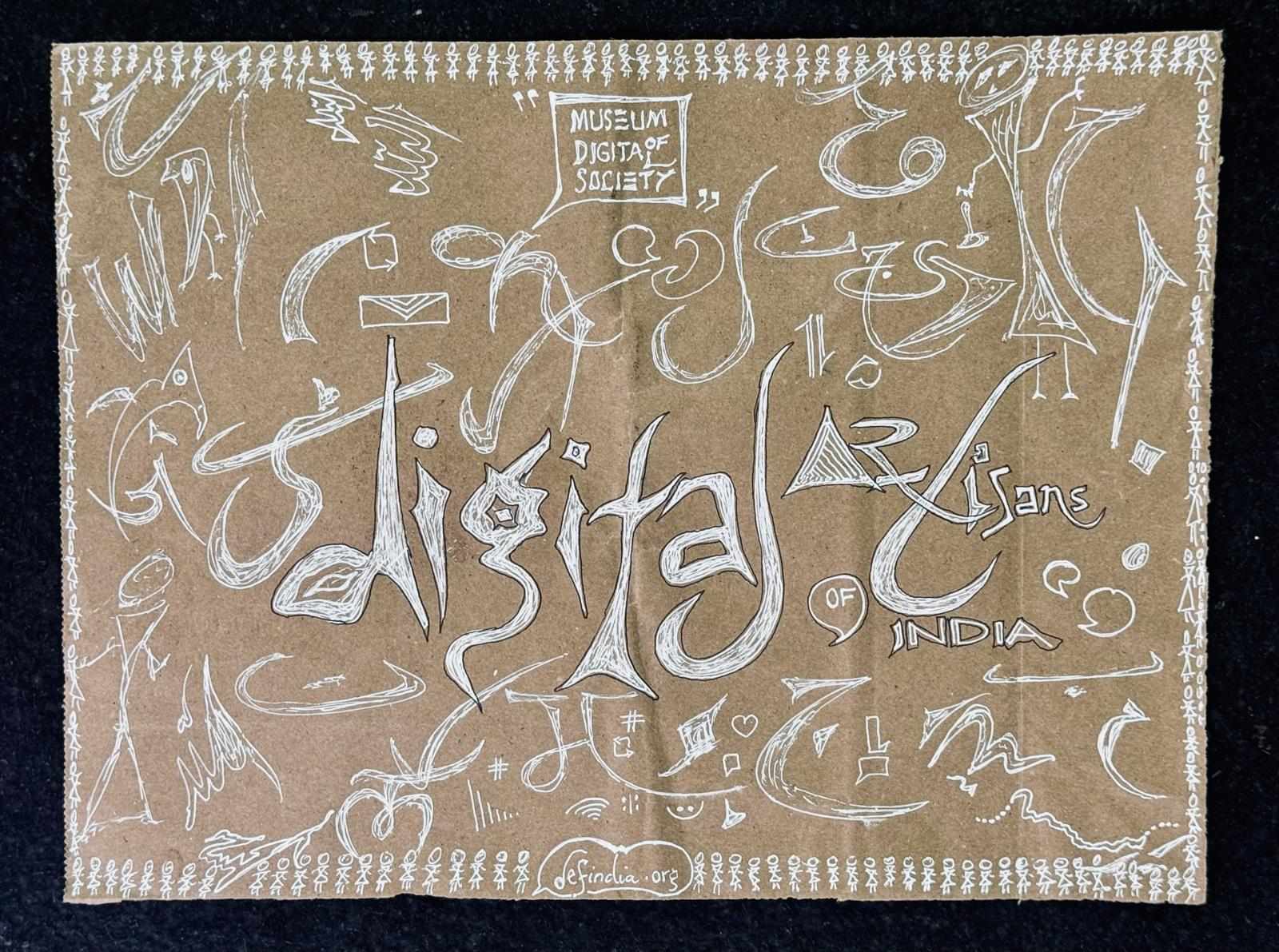
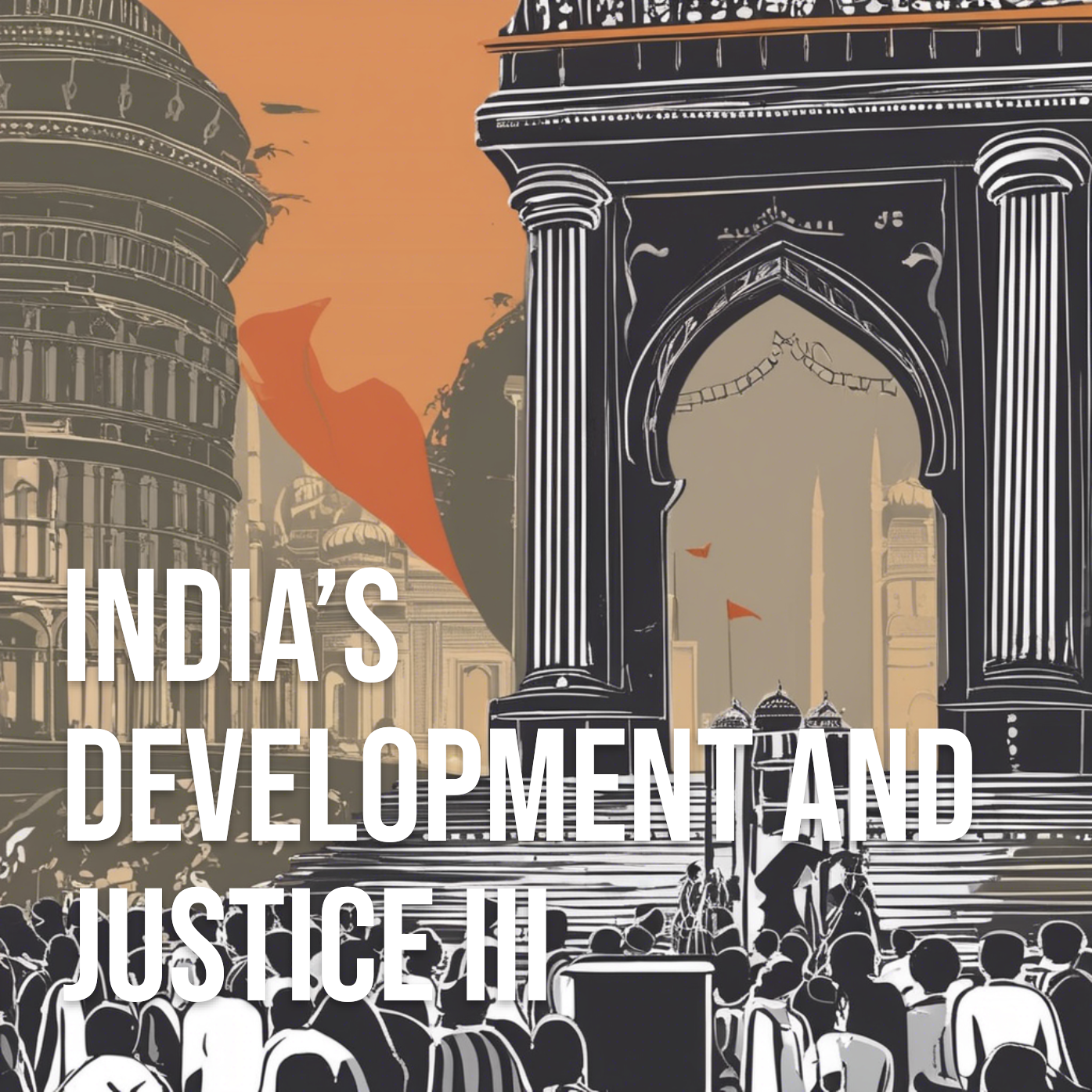
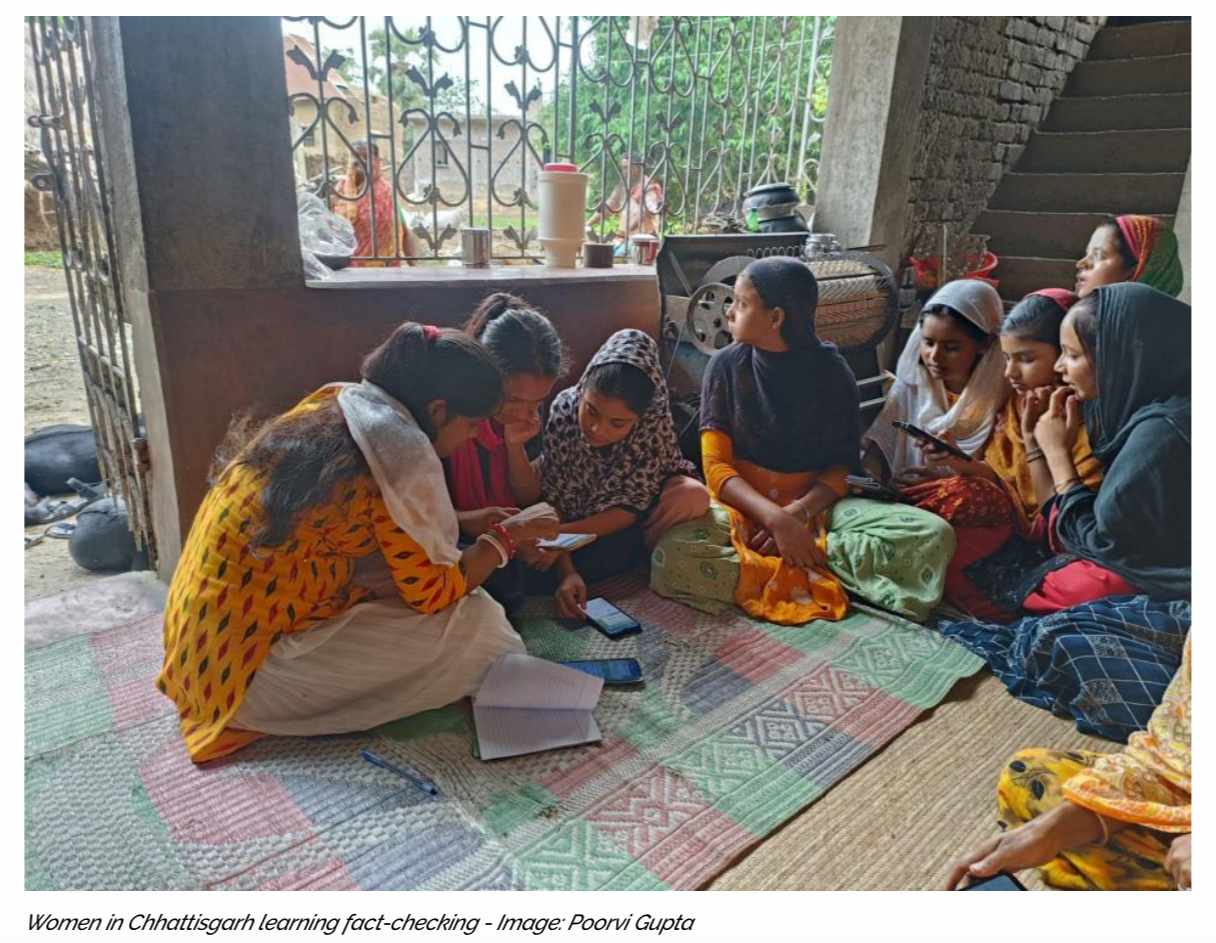


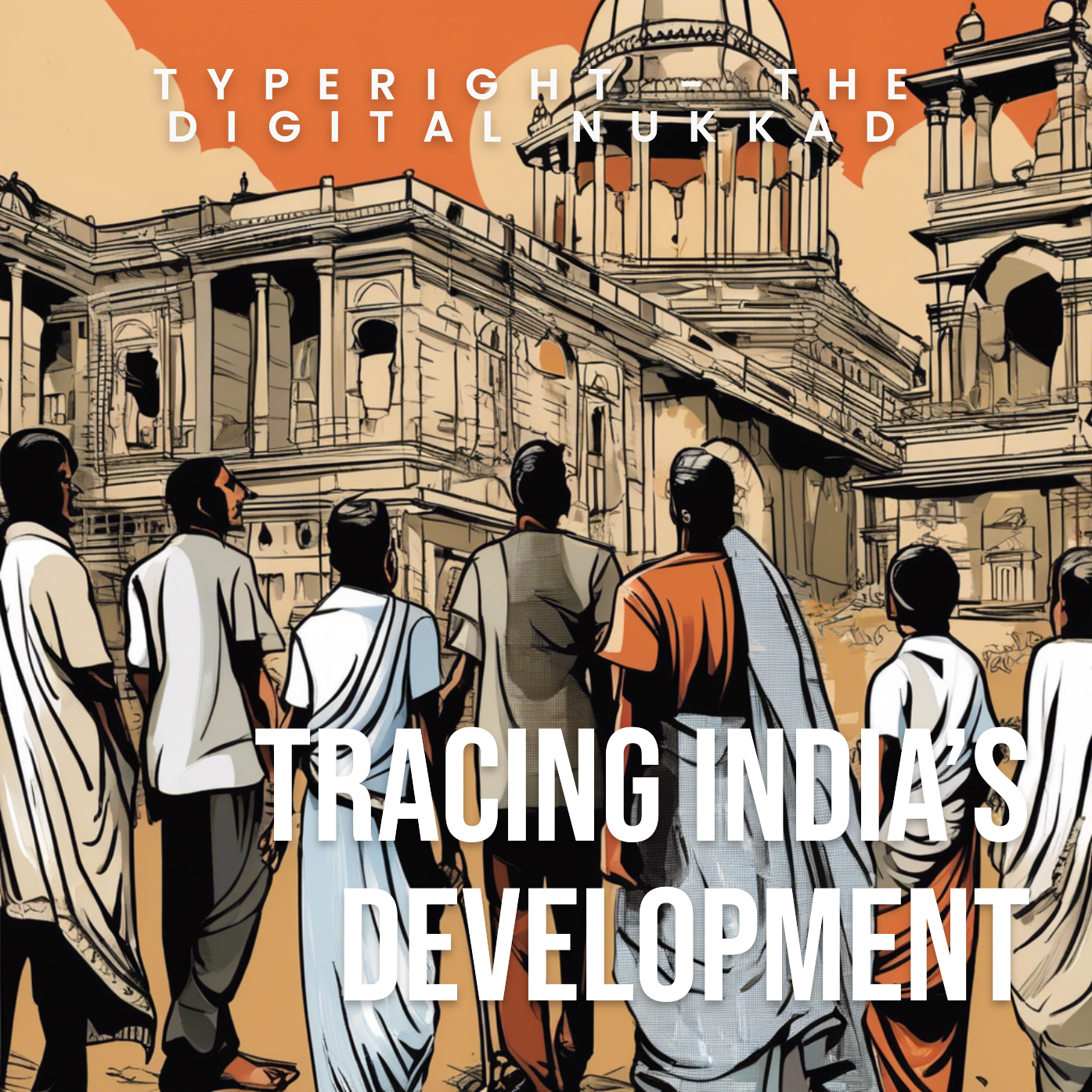









 might be?](https://sk0.blr1.cdn.digitaloceanspaces.com/sites/1394/posts/714526/dbc8de4c-5c50-411f-aba0-55cfb74a692d.jpeg)

Write a comment ...